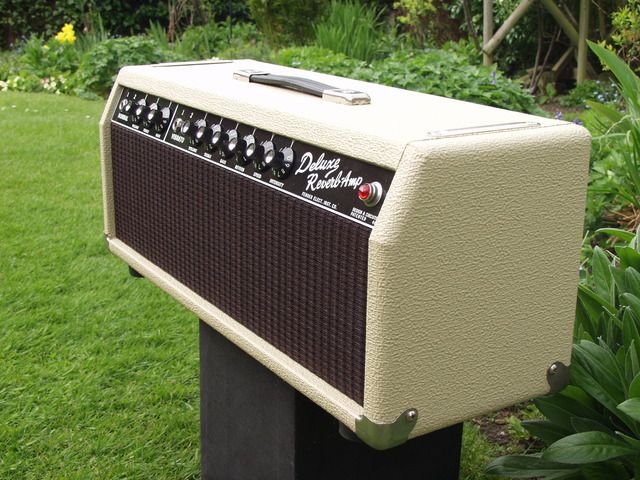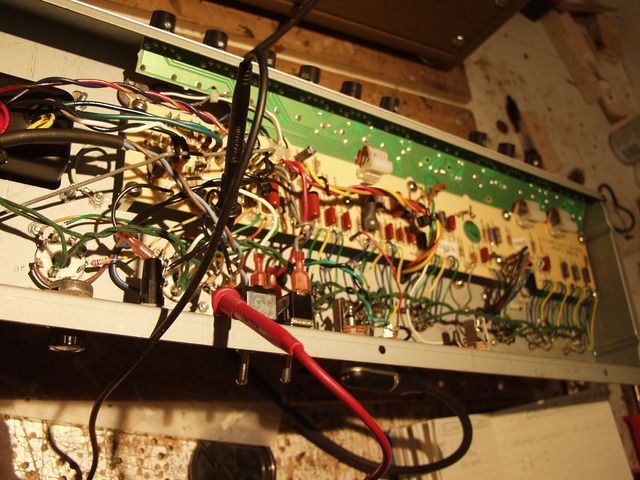Sea Chief - Now Hear This...
Even if the resistors you received are indeed 1/2 Watt parts, 1 Ohm 1/2 Watt resistors are perfectly acceptable as bias current sense resistors for a Deluxe Reverb Clone. Some people would even argue that 1/2 Watters or even 1/4 Watters would be more desirable than 1 Watt in that application because they would provide some fusing protection. You are good to go.
Regards,
Tom
Even if the resistors you received are indeed 1/2 Watt parts, 1 Ohm 1/2 Watt resistors are perfectly acceptable as bias current sense resistors for a Deluxe Reverb Clone. Some people would even argue that 1/2 Watters or even 1/4 Watters would be more desirable than 1 Watt in that application because they would provide some fusing protection. You are good to go.
Regards,
Tom
 Keeping in mind I'm in a 120V mains country.
Keeping in mind I'm in a 120V mains country.


Comment